Latest
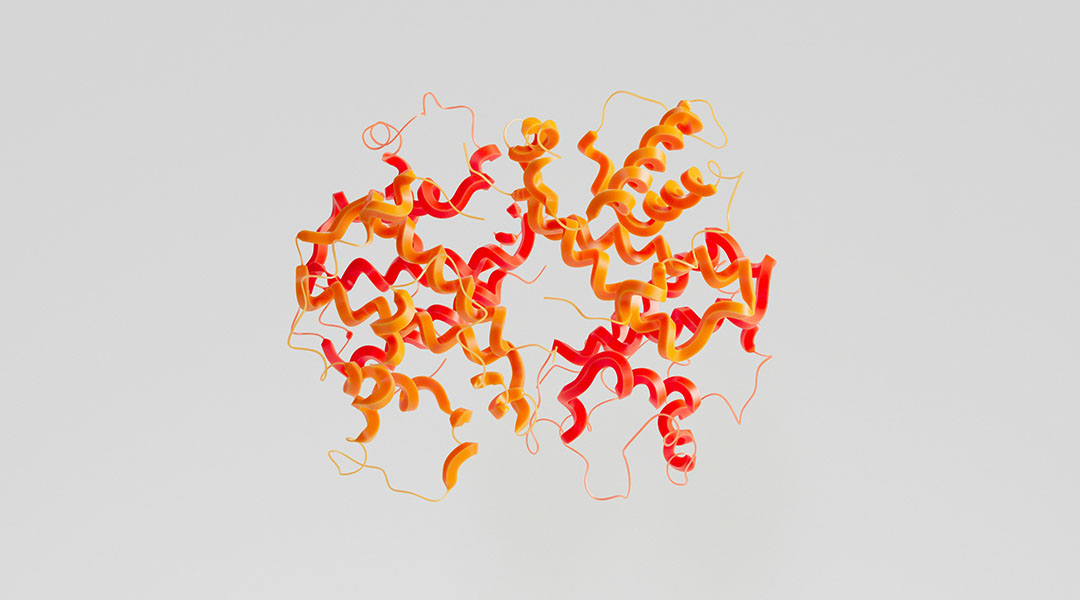
Higher hemoglobin levels linked to increased risk of polycystic ovary syndrome
A new study identified the potential pathway responsible for linking high hemoglobin to polycystic ovary syndrome.
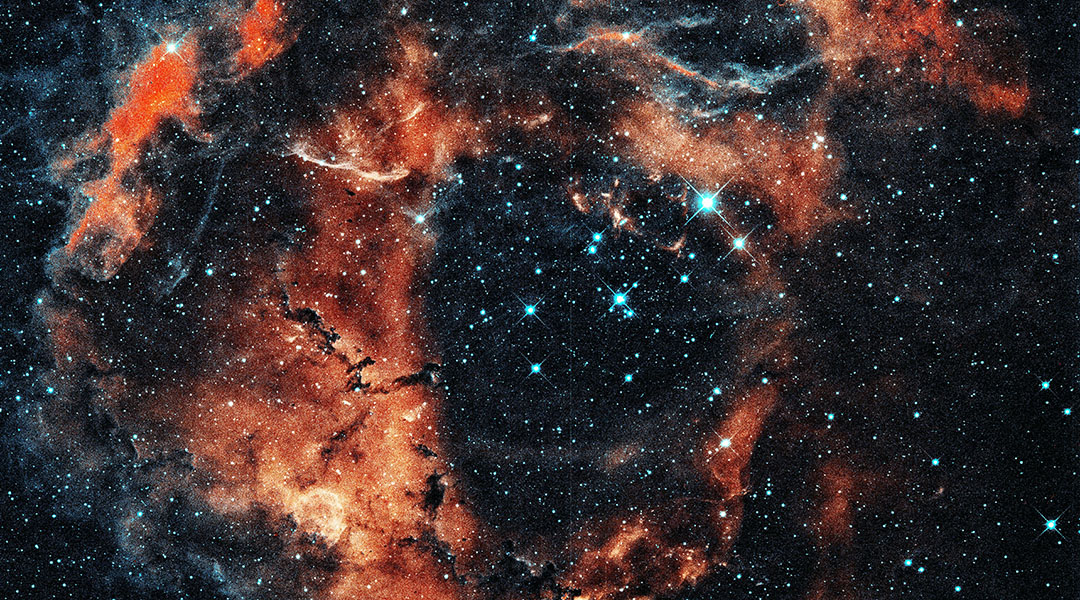
Water may have formed shortly after the Big Bang
Computer simulations show that water likely appeared in the Universe much earlier than previously thought.
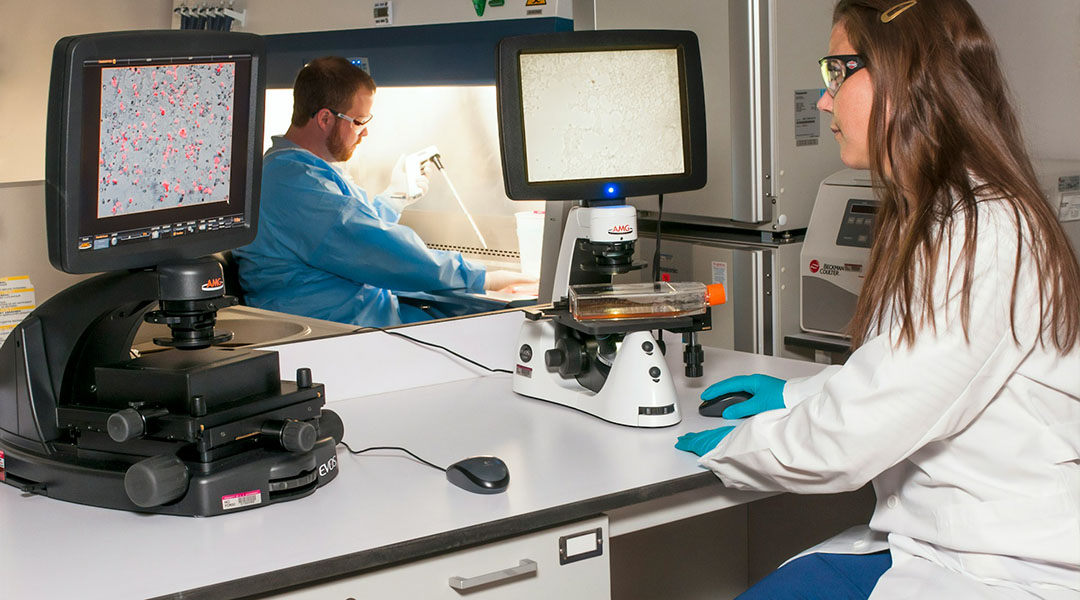
New potential nanocarrier cancer vaccine could rescue immune response against melanoma
A new nanocarrier-based cancer vaccine used for the treatment of an aggressive and lethal form of skin cancer has been tested on mice, showing promising results.

Smart nanoparticles shut down cancer’s energy supply to stop it from spreading
A nanoparticle targets mitochondria in cancer cells, offering a promising new strategy to tackle chemotherapy resistance tumor spread.

A new biomaterial shields nerves from inflammation, aiding spinal cord injury
Scavenging harmful reactive oxygen species, this new biomaterial reduces inflammation and promotes nerve regeneration in spinal cord injury.
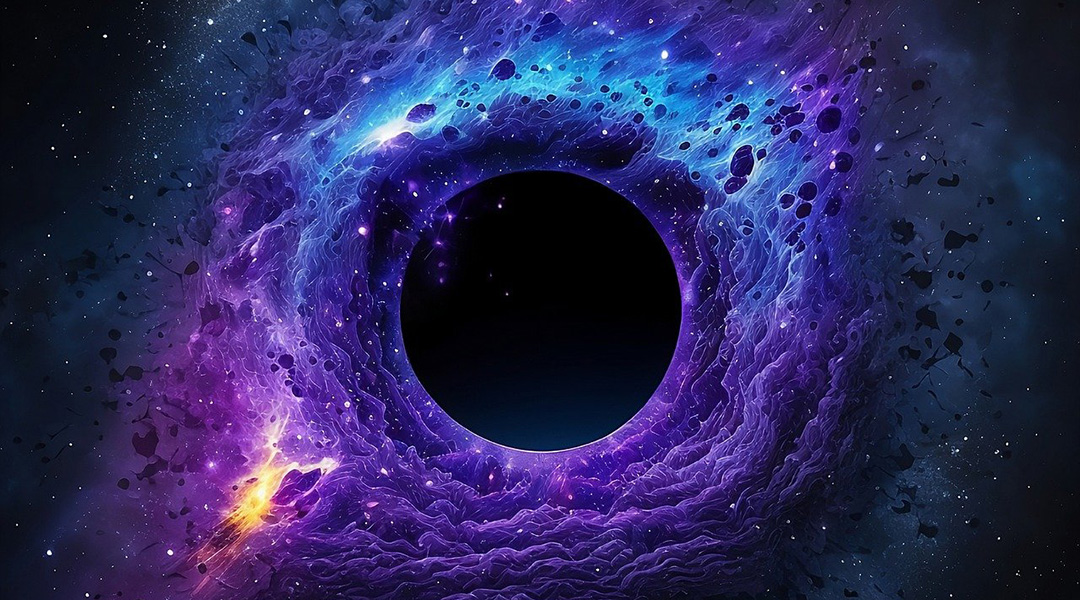
Saving a dark matter theory from a quantum tunneling flaw
Tiny interactions between dark matter particles may resolve discrepancies between theory and astronomical observations caused by quantum tunneling.
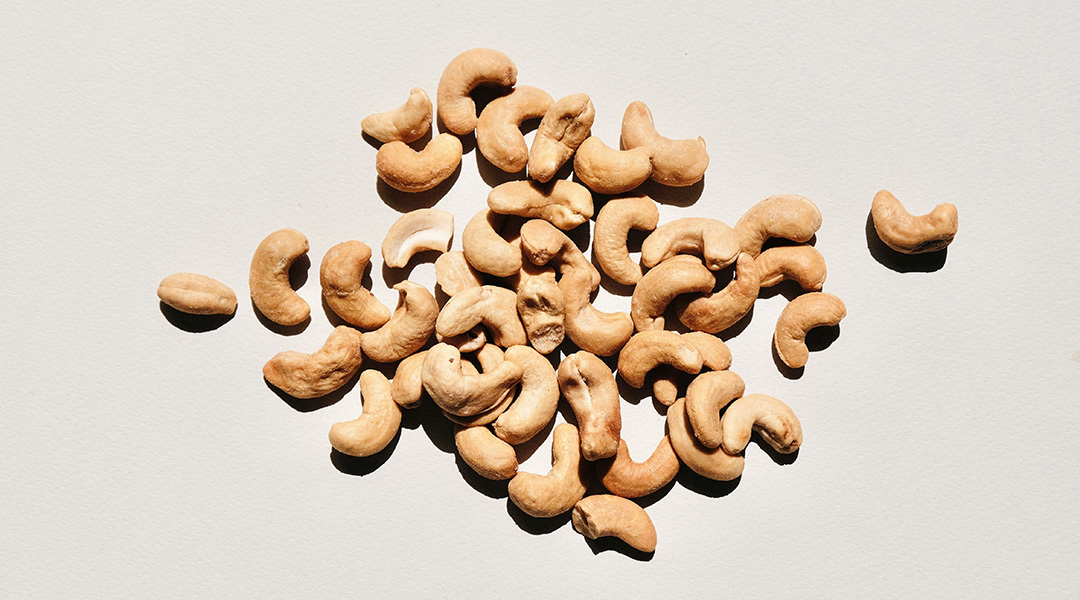
Say goodbye to food allergies with this nanoparticle therapy
Encapsulating allergens in nanoparticles was found to reprogram the immune system, suppressing severe reactions to food allergies.

Nanoparticles deliver gene therapy to hard-to-reach brain tumors
Nanoparticles deliver anti-cancer drugs in hard-to-reach brain tumors prevalent in children, boosting both diagnosis and treatment.
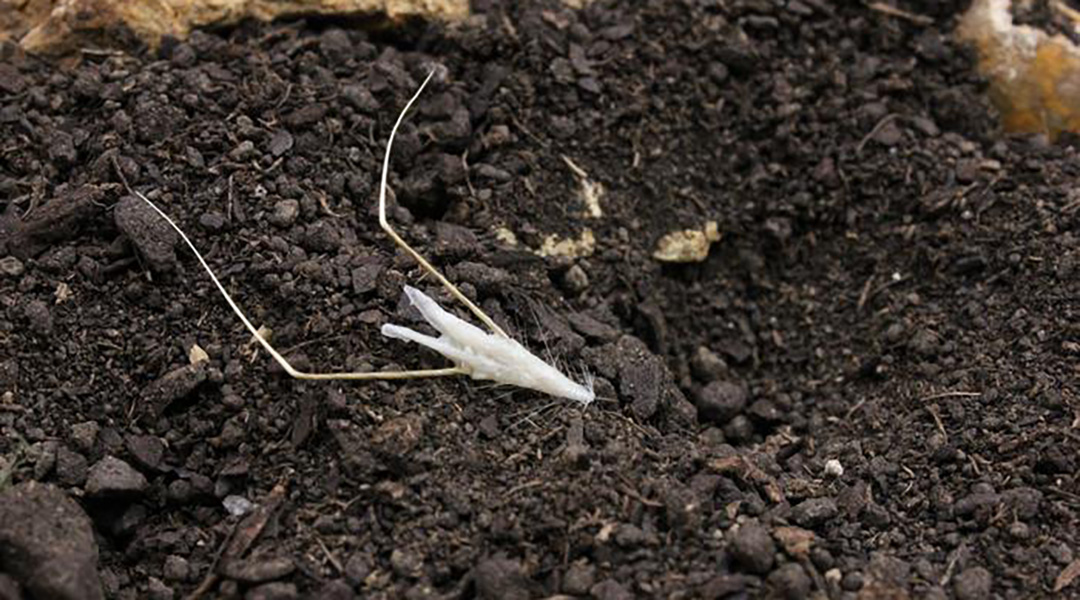
These plant-based robots will help with reforestation
A biohybrid robot made from oats moves in response to humidity and is being tested as a biodegradable vector for reforestation efforts.
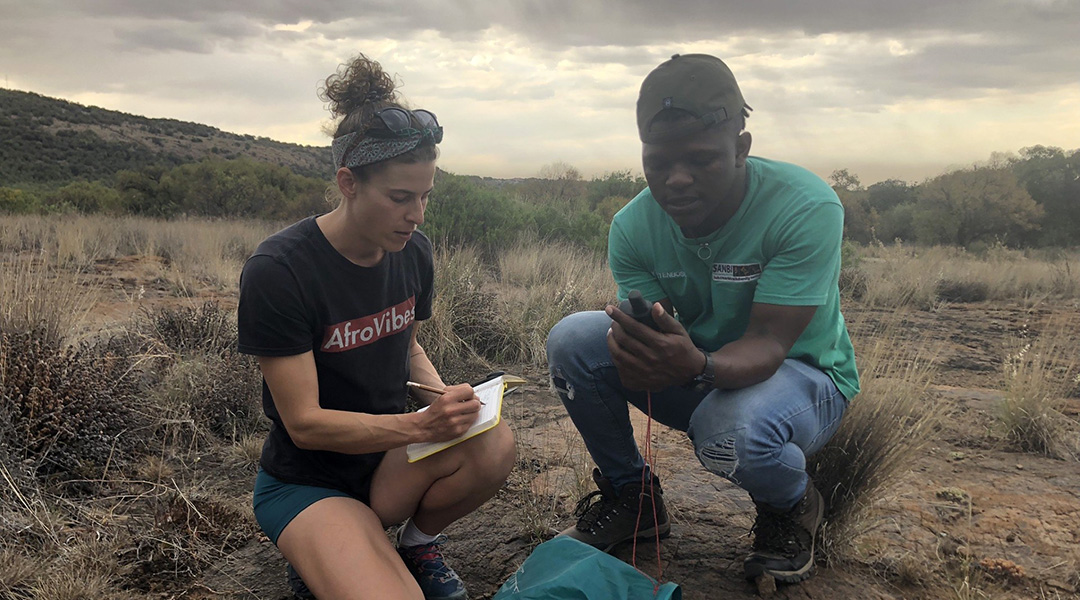
Rose Marks, a botanist studying resurrection plants
Rose Marks uses her climbing skills in remote regions of South Africa to study how water-deprived plants might help develop drought-tolerant crops.
ASN Newsletter
Sign up for our newsletter and receive the latest science news directly to your inbox.

A brain–computer interface could slow cognitive decline
This new brain–computer interface detects weakened brain signals and boosts them to healthy levels, potentially reversing cognitive aging in the brain.

Exploring quantum gravity with a simple pendulum experiment
Even tiny deviations in pendulum behavior caused by quantum gravity could be clearly noticeable, say researchers.

Future biohybrid robots to be powered by living muscle tissue
These biohybrid machines combine robotics with living tissues to create flexible robots powered by biology.

These “living” contact lenses self lubricate to avoid dry eyes
Bacterial biofactories embedded in the rim of the lens continually produce hyaluronic acid, a natural lubricant, to keep the contacts moist.

Blood test diagnoses osteoarthritis eight years before symptoms
Typical diagnosis is through X-rays, but this new test has the potential to spot osteoarthritis before joint damage appears.

Reducing bacterial skin infections with harmless zaps of electricity
Scientists use mild electrical currents to treat skin infections, presenting an antibiotic-free solution amid rising antimicrobial resistance.
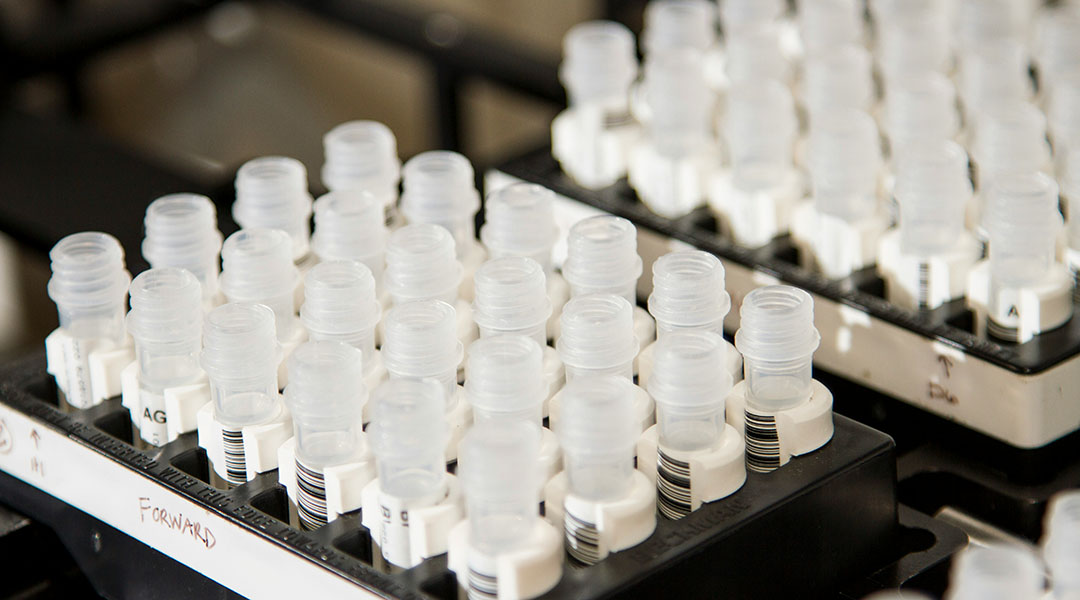
Click chemistry makes “switchable” drug carriers that minimize side effects
Scientists develop new drug delivery system that targets tumors then exists the body using “switchable” chemistry.

Silk microneedles could restore wound healing in diabetic patients
Microneedles allow scientists to precisely control the delivery of drugs to chronic wound sites and restore natural healing processes.
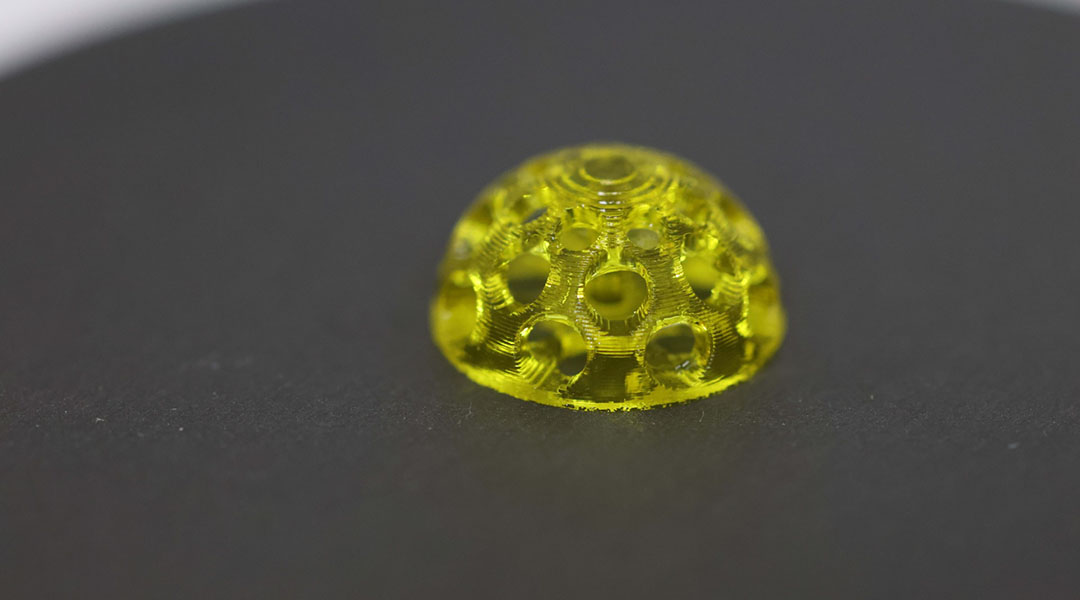
This 3D-printed breast implant could help stop breast cancer relapse
The customizable implant releases an anticancer drug in the presence of new tumors that might go undetected by MRI.
Reducing bacterial skin infections with harmless zaps of electricity
Scientists use mild electrical currents to treat skin infections, presenting an antibiotic-free solution amid rising antimicrobial resistance.
Click chemistry makes “switchable” drug carriers that minimize side effects
Scientists develop new drug delivery system that targets tumors then exists the body using “switchable” chemistry.
Silk microneedles could restore wound healing in diabetic patients
Microneedles allow scientists to precisely control the delivery of drugs to chronic wound sites and restore natural healing processes.
This 3D-printed breast implant could help stop breast cancer relapse
The customizable implant releases an anticancer drug in the presence of new tumors that might go undetected by MRI.

Neutron stars could be the gateway to dark matter
Could neutron stars hold the key to observing dark matter? Researchers believe studying them might one day reveal this elusive substance.

Beijing Collider helps scientists probe discrepancy around an elusive hadron particle
New insights into the decay of a hadron particle known as a charmonium could potentially reshape our understanding of particle interactions and challenge existing theories.
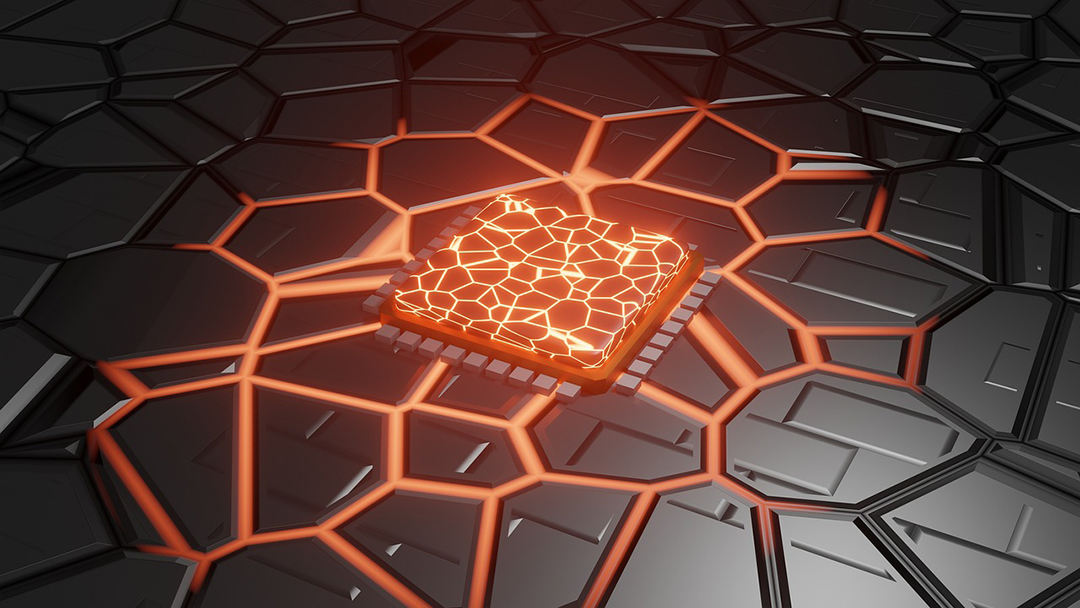
Diamond helps build efficient 3D computer chips
Tackling heat transfer, diamond layers help build 3D circuits with lower power consumption, faster signaling, and increased performance.

An organ-on-chip simulates the effects of cosmic radiation on astronauts
Future astronauts may be protected from galactic cosmic rays thanks to a novel organ-on-chip system containing interconnected human tissue.
Neutron stars could be the gateway to dark matter
Could neutron stars hold the key to observing dark matter? Researchers believe studying them might one day reveal this elusive substance.
Beijing Collider helps scientists probe discrepancy around an elusive hadron particle
New insights into the decay of a hadron particle known as a charmonium could potentially reshape our understanding of particle interactions and challenge existing theories.
Diamond helps build efficient 3D computer chips
Tackling heat transfer, diamond layers help build 3D circuits with lower power consumption, faster signaling, and increased performance.
An organ-on-chip simulates the effects of cosmic radiation on astronauts
Future astronauts may be protected from galactic cosmic rays thanks to a novel organ-on-chip system containing interconnected human tissue.

A robot made from radish sprouts and the rise of plant-based machines
Radish sprouts power a new wave of eco-friendly robots that move, grow, and could even be eaten after their work is done.
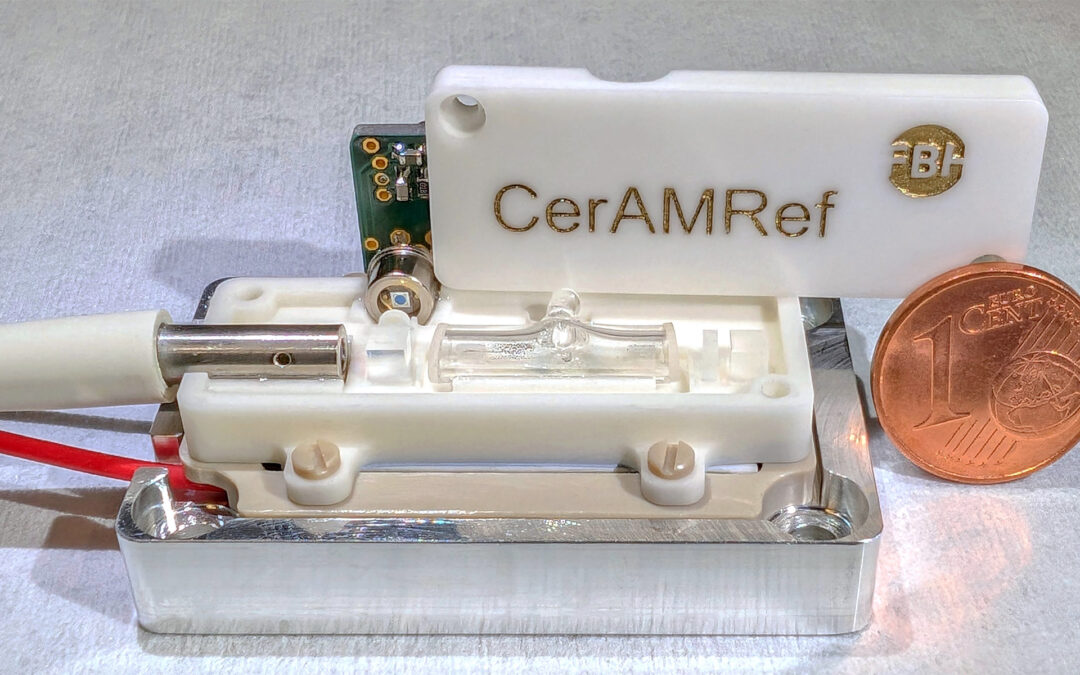
3D-printed ceramics bring quantum tech one step closer to the reality
3D-printed ceramics enable smaller, more stable quantum devices for applications in quantum computing, sensing, and communications.
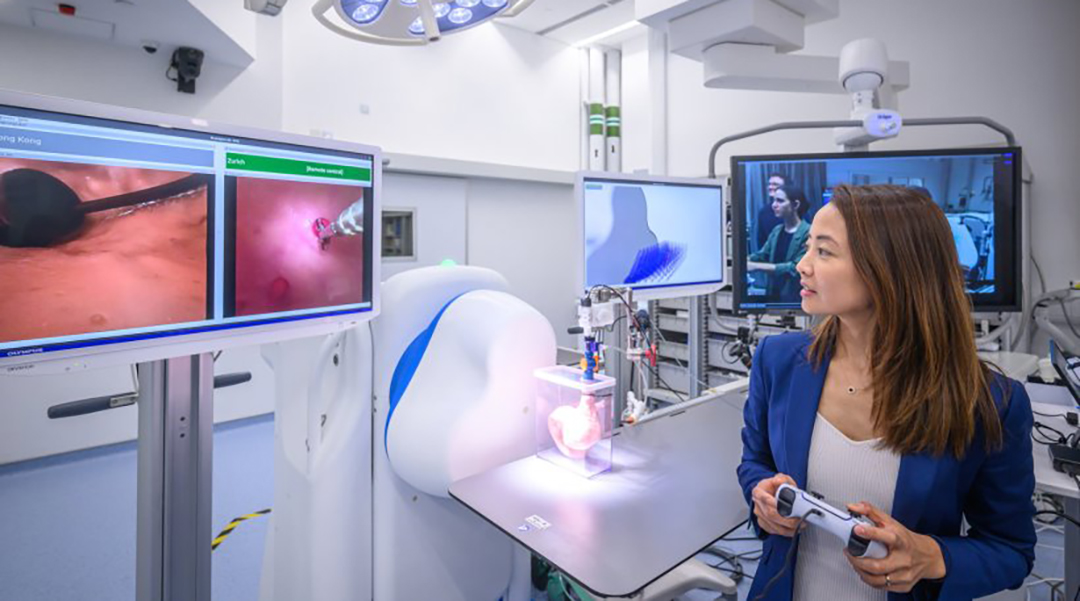
Remote-controlled robot is changing the game for endoscopes
A new teleoperated robot makes it possible to perform endoscopes remotely, making the procedure available in underserviced regions.

Diamond-based sensors measure temperatures on the nanoscale
Scientists have optimized nanodiamond sensors, with potential breakthroughs in electronics, medicine, and quantum tech.
A robot made from radish sprouts and the rise of plant-based machines
Radish sprouts power a new wave of eco-friendly robots that move, grow, and could even be eaten after their work is done.
3D-printed ceramics bring quantum tech one step closer to the reality
3D-printed ceramics enable smaller, more stable quantum devices for applications in quantum computing, sensing, and communications.
Remote-controlled robot is changing the game for endoscopes
A new teleoperated robot makes it possible to perform endoscopes remotely, making the procedure available in underserviced regions.
Diamond-based sensors measure temperatures on the nanoscale
Scientists have optimized nanodiamond sensors, with potential breakthroughs in electronics, medicine, and quantum tech.

Fluorine helps make PET plastic waste easier to recycle
Pre-activation of plastics with fluorine-containing molecules disrupts their stability, making them easier to break down and upcycle.
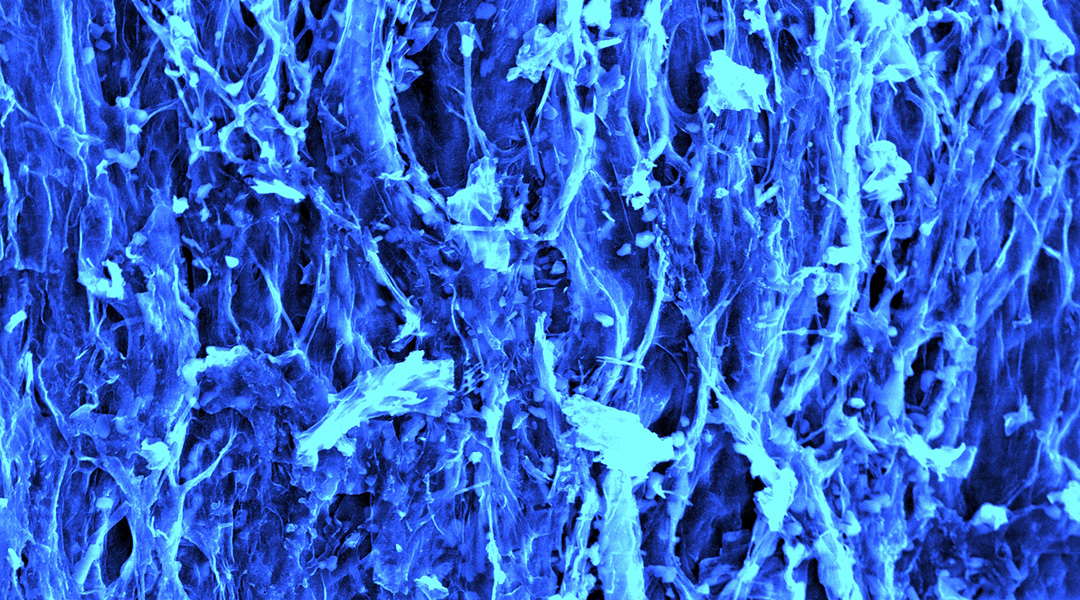
Mushrooms could be the next big thing in energy storage
Scientists are using carbon filaments from mushrooms in supercapacitors, paving the way for a sustainable energy future.

The decline of large river animals and the ecosystems now in peril
The decline of freshwater megafauna, including river dolphins, hippos, and crocodiles, is triggering significant consequences for ecosystems.
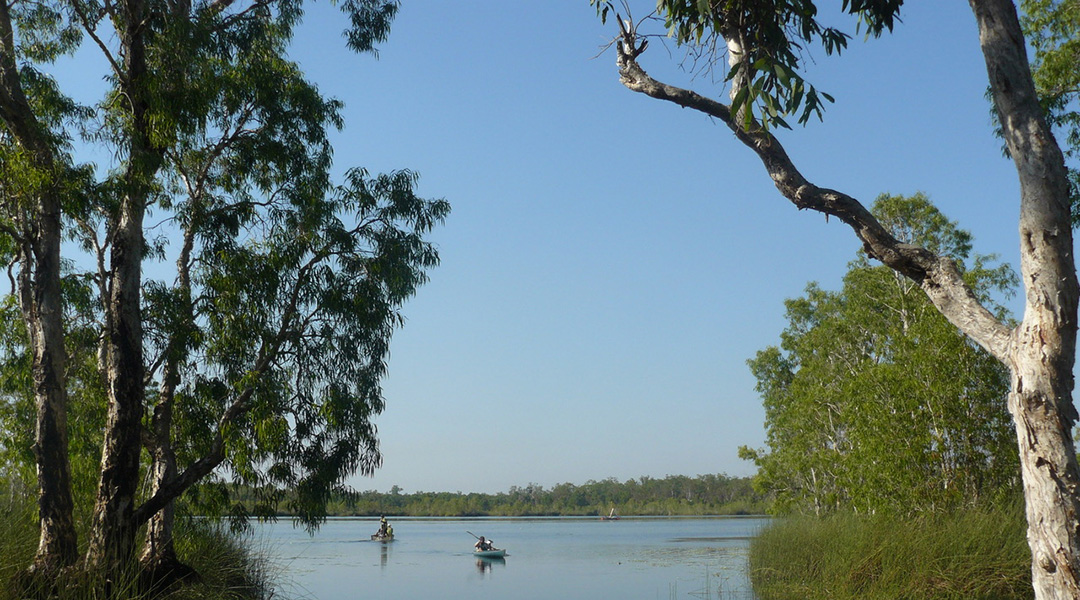
Indigenous fire management in Australia traced back 11,000 years
Abandoning traditional practices led to intense dry season fires, drastically altering biodiversity and increasing greenhouse gas emissions.
Fluorine helps make PET plastic waste easier to recycle
Pre-activation of plastics with fluorine-containing molecules disrupts their stability, making them easier to break down and upcycle.
Mushrooms could be the next big thing in energy storage
Scientists are using carbon filaments from mushrooms in supercapacitors, paving the way for a sustainable energy future.
The decline of large river animals and the ecosystems now in peril
The decline of freshwater megafauna, including river dolphins, hippos, and crocodiles, is triggering significant consequences for ecosystems.
Indigenous fire management in Australia traced back 11,000 years
Abandoning traditional practices led to intense dry season fires, drastically altering biodiversity and increasing greenhouse gas emissions.
No Results Found
The page you requested could not be found. Try refining your search, or use the navigation above to locate the post.
No Results Found
The page you requested could not be found. Try refining your search, or use the navigation above to locate the post.
No Results Found
The page you requested could not be found. Try refining your search, or use the navigation above to locate the post.
No Results Found
The page you requested could not be found. Try refining your search, or use the navigation above to locate the post.







